Wallpaper paste volcanoes - why some volcanoes go bang!
Ingredients
| 2l bottle of Fizzy drink | Wallpaper paste |
Instructions
This is quite challenging to get to work, but the idea is to attempt to mix the fizzy drink with the wallpaper paste to create a much more viscous mixture.
However, you want to do this whilst losing as little carbon-dioxide from the bottle as possible. The best way to do this is to cool the bottle down as far as you can without it freezing - so cool the bottles in ice, or put them in a freezer for half an hour.
Open the bottle carefully, pour off a few cm of the drink, then add about 1/4 of a packet of wallpaper paste though a funnel (unfortunately the amount depends on the type of paste). Then very very quickly put the lid back on and shake very violently.
This may take some trial and error (and lots of shaking!) - but you know you've got it right when the bottle seems to be full of treacle - a thick, viscous liquid. You would also still feel the pressure of dissolved gas in the bottle - it should be hard to the touch.
Once you're ready for your eruption, warm the bottle up in hot water, then take off the lid.
You will want to do this outside, and you may want to wear waterproof or old clothing.
Result
You should find that the bottle spurts wallpaper paste a long way into the air.
| |
| Wallpaper paste volcano |
It will then continue to ooze viscous coke lava for some minutes, leaving you with a distinctive cone shape pile of mess. The "lava" itself changes consistency, with so much trapped air that it starts to resemble honeycomb.
Explanation
Fizzy drinks have a large amount of carbon-dioxide dissolved in their water under high pressure. When you shake it up you distribute bubbles through the drink, which expand very rapidly when the pressure is released.
 | 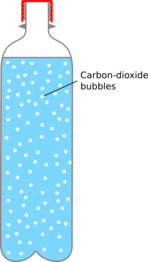 |
| A fizzy drink contains large amounts of dissolved carbon dioxide which is released when the pressure drops. | If you shake up the bottle there are lots of little bubbles which will expand when the pressure is reduced. |
If the viscosity is low the pressure difference across the neck of the bottle isn't too large, so whilst the drink exits rapidly it isn't too explosive. But if you have added wallpaper paste, the pressure difference across the neck is very large so the bubbles grow very rapidly in the neck blowing drink out violently.
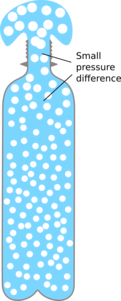 |  |
| If the viscosity is lower the pressure difference doesn't build up and the liquid exits rapidly, but not explosively. | The high viscosity liquid allows a very large pressure difference to develop in across the neck of the bottle, so the bubbles expand very quickly in the neck, pushing the liquid out of the neck very quickly. |
What has this got to do with volcanoes?
A major effect on a volcano is the type of lava which is erupting. The lava found in oceanic volcanoes in places such as Hawaii or Iceland, is normally very runny (low viscosity) this means that you tend to get relatively gentle eruptions even if they release a huge amount of lava. However volcanoes associated with continents, such as Mt Fuji in Japan, or Mt Pinatubo in the Phillapines are produced by very viscous lavas.
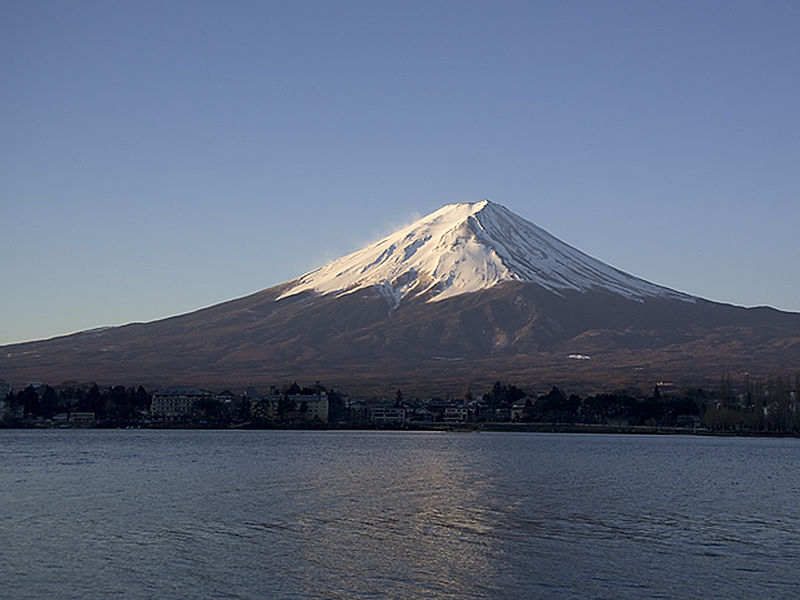 | 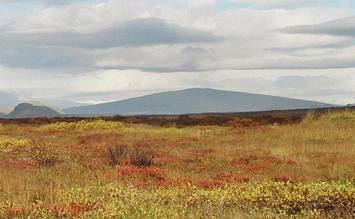 |
| Mt Fuji, a classic cone shaped volcano in Japan created by very viscous lava so producing a steep mountain. | The volcano Skjaldbreiður, a shield volcano in, Iceland, produced from very low viscosity lava, which runs out producing a much flatter shape. |
These viscous lavas allow huge pressures to develop in the lava, and they also have a lot of dissolved water which forms bubbles very rapidly as the pressure is released. This produces very explosive reactions and lots of ash.
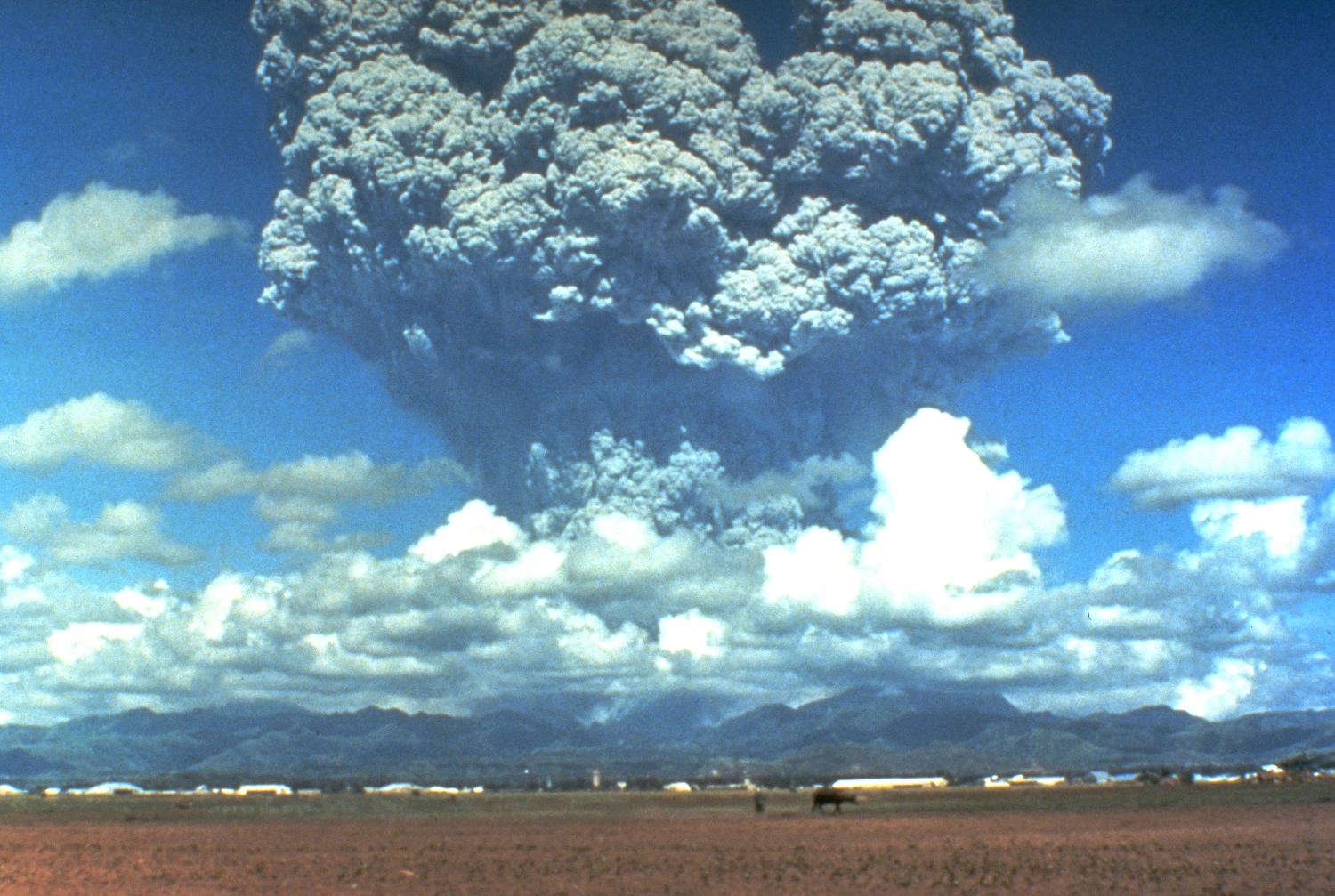 |
| Mt Pinatubo erupting in 1991. This is a very violent volcano with very viscous lava, and capable of throwing enough ash into the stratosphere to affect the climate. |
- Previous Laser diffraction
- Next Bubble Colours - Interference Colours










Comments
Add a comment